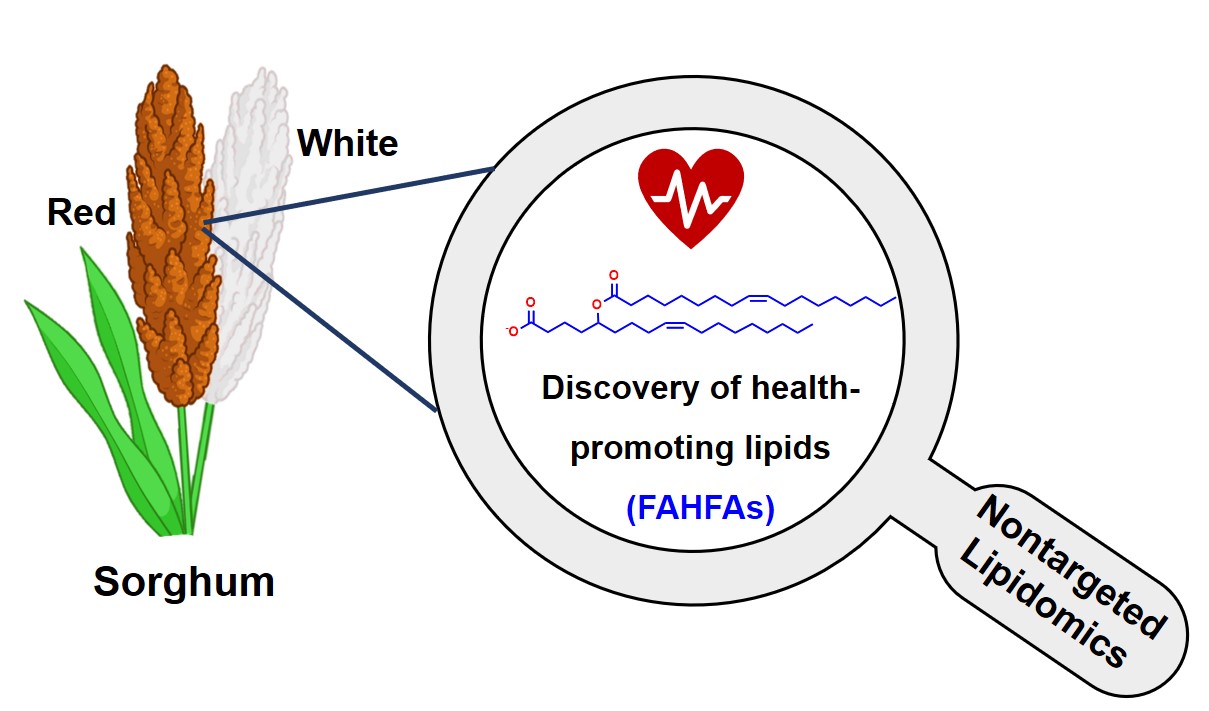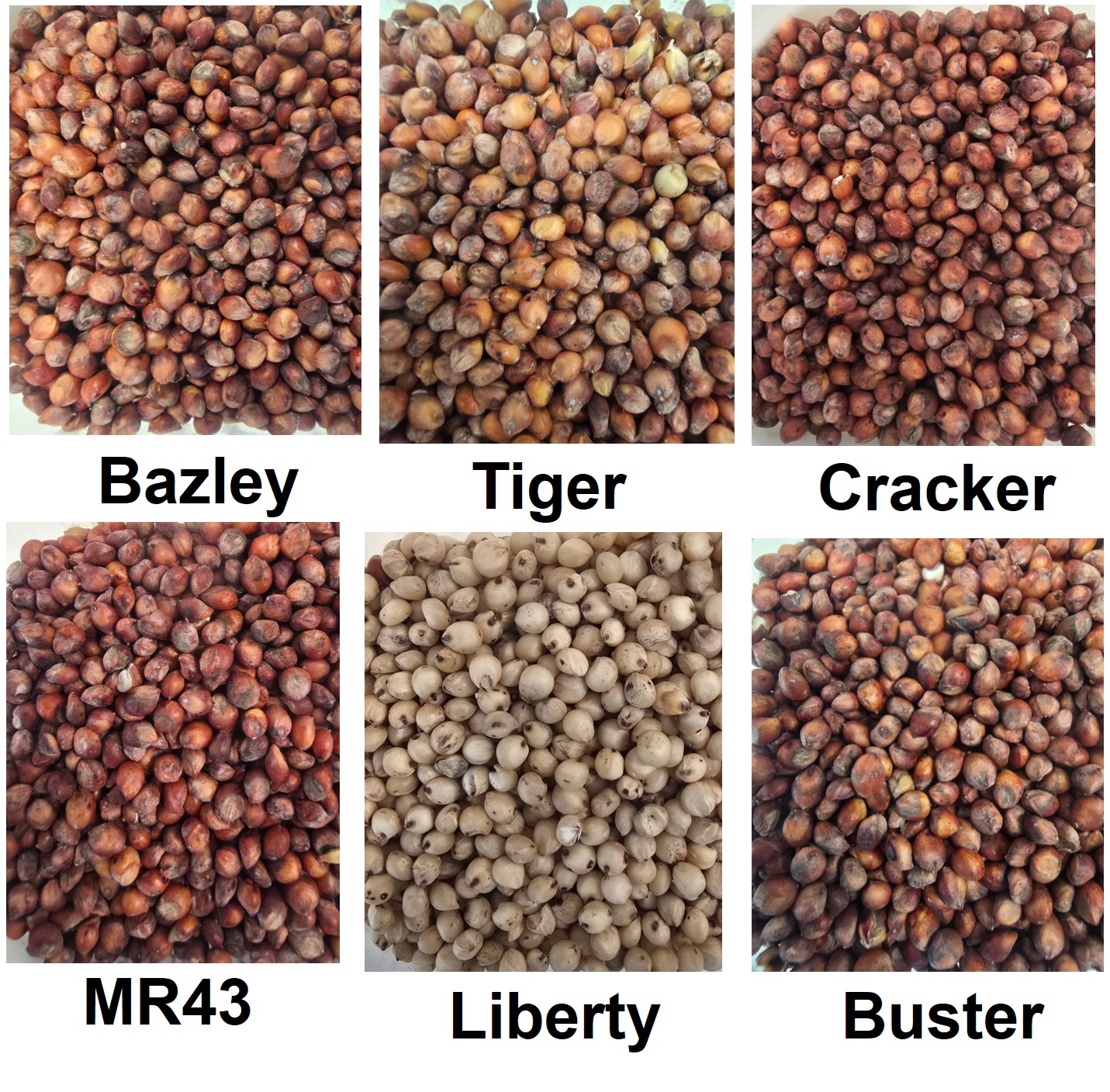Sorghum possesses unique lipid profiles and bioactive compounds that support health and meet the demand for health-promoting food products.
Sorghum, often relegated to animal feed in developed countries, boasts significant nutritional potential that remains largely untapped for human consumption. This oversight presents a critical challenge for health-conscious consumers and nutritionists who are increasingly searching for sustainable food options to address chronic health issues. Sorghum is not only abundant but also resilient, requiring fewer resources than many other crops, making it environmentally friendly.
A recent study conducted by researchers at Hokkaido University and the University of Sydney has unveiled the remarkable health benefits of sorghum. "The team identified unique lipids that were known to have anti-diabetic and anti-inflammatory properties" named fatty acid esters of hydroxy fatty acids (FAHFAs) and characterized the diverse lipid profiles among six sorghum cultivars. This research was published in the Journal of Agricultural and Food Chemistry.
"With its gluten-free properties and rich supply of essential fatty acids, sorghum provides a solution to nutritional gaps, particularly for individuals with gluten sensitivities or those seeking natural dietary interventions for chronic health conditions as well as lifestyle-associated metabolic diseases," says Associate Professor Siddabasave Gowda at Hokkaido University's Faculty of Health Science and Graduate School of Global Food Resources, who led the research. "The study underscores the increasing demand for functional foods that combat lifestyle-related diseases like diabetes and heart disease while promoting overall well-being."

The team identified unique lipids that were known to have anti-diabetic and anti-inflammatory properties named fatty acid esters of hydroxy fatty acids (FAHFAs) in six sorghum cultivars using non-targeted lipidomics. (Illustration: Siddabasave Gowda)
Specific cultivars, such as MR43 and Bazley, exhibit a favorable balance of omega-3 and omega-6 fatty acids, making them ideal candidates for developing health-focused food products. Combined with novel FAHFAs and essential fatty acids, these bioactive compounds make sorghum an attractive ingredient for modern functional foods.
The study suggests that incorporating sorghum into diets could promote cardiovascular health, reduce inflammation, and enhance metabolic health.
"Sorghum is a grain that is both versatile and has substantial health benefits," concludes Professor Shu-Ping Hui, the other corresponding author. "This research not only addresses the demand for sustainable food alternatives but also fosters the development of functional foods. We are conducting further research on sorghum in this direction."
The primary objective of their ongoing research is to identify comparable compounds in a variety of cereals and food sources, thereby improving our comprehension of these lipids and their functions in human health, nutrition, and agriculture.

(From left) Lipsa Rani Nath, Divyavani Gowda, Siddabasave Gowda, and Shu-Ping Hui of the research team. (Photo: Siddabasave Gowda)
Original Article:
Lipsa Rani Nath, et al. Nontargeted Lipidomics of Sorghum Grain Reveals Novel Fatty Acid Esters of Hydroxy Fatty Acids and Cultivar Differences in Lipid Profiles. Journal of Agricultural and Food Chemistry. September 4, 2024.
DOI: 10.1021/acs.jafc.4c05919
Funding:
This work is supported by the Japanese Society for the Promotion of Science (JSPS) Grants (22K1485002, 21K1481201) and Japan Science and Technology Agency (JST) SPRING (JPMJSP2119). The sorghum field trial was funded by a Grains Research and Development Corporation (GRDC) grant (UCS00025).







